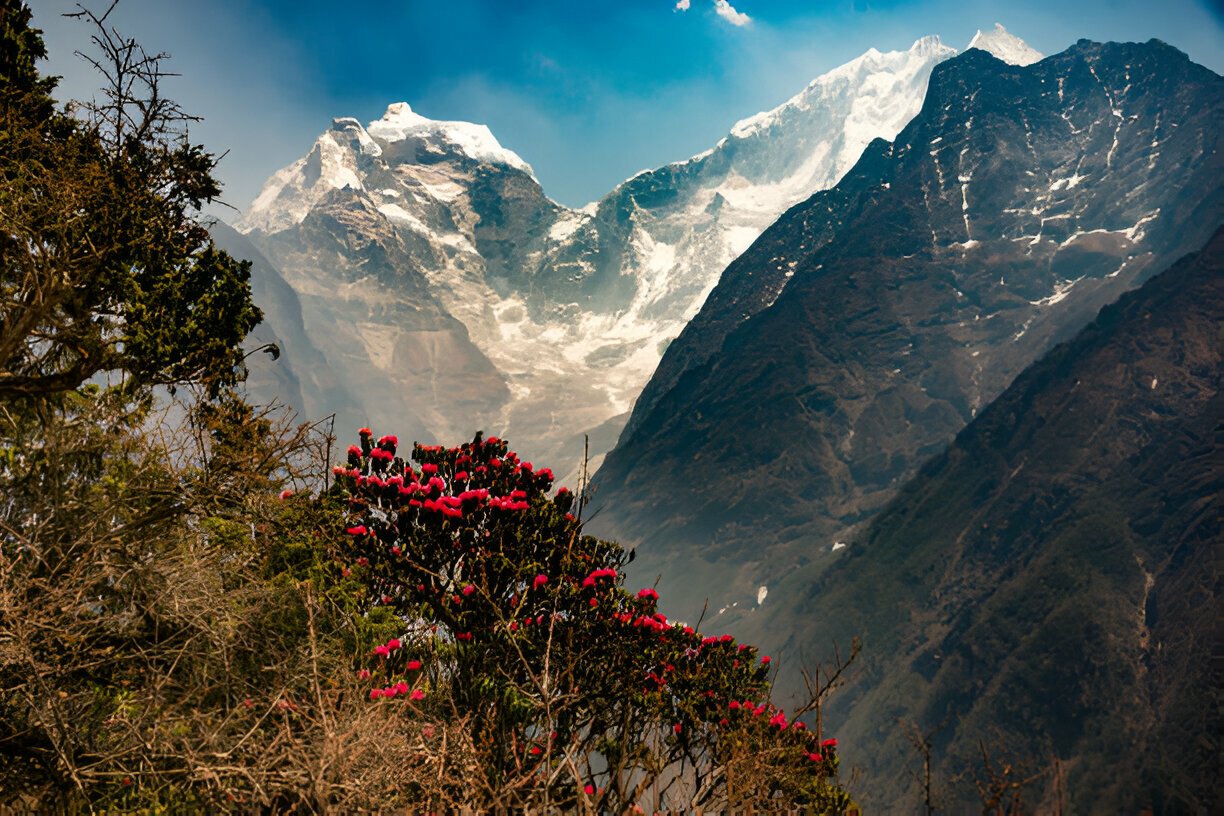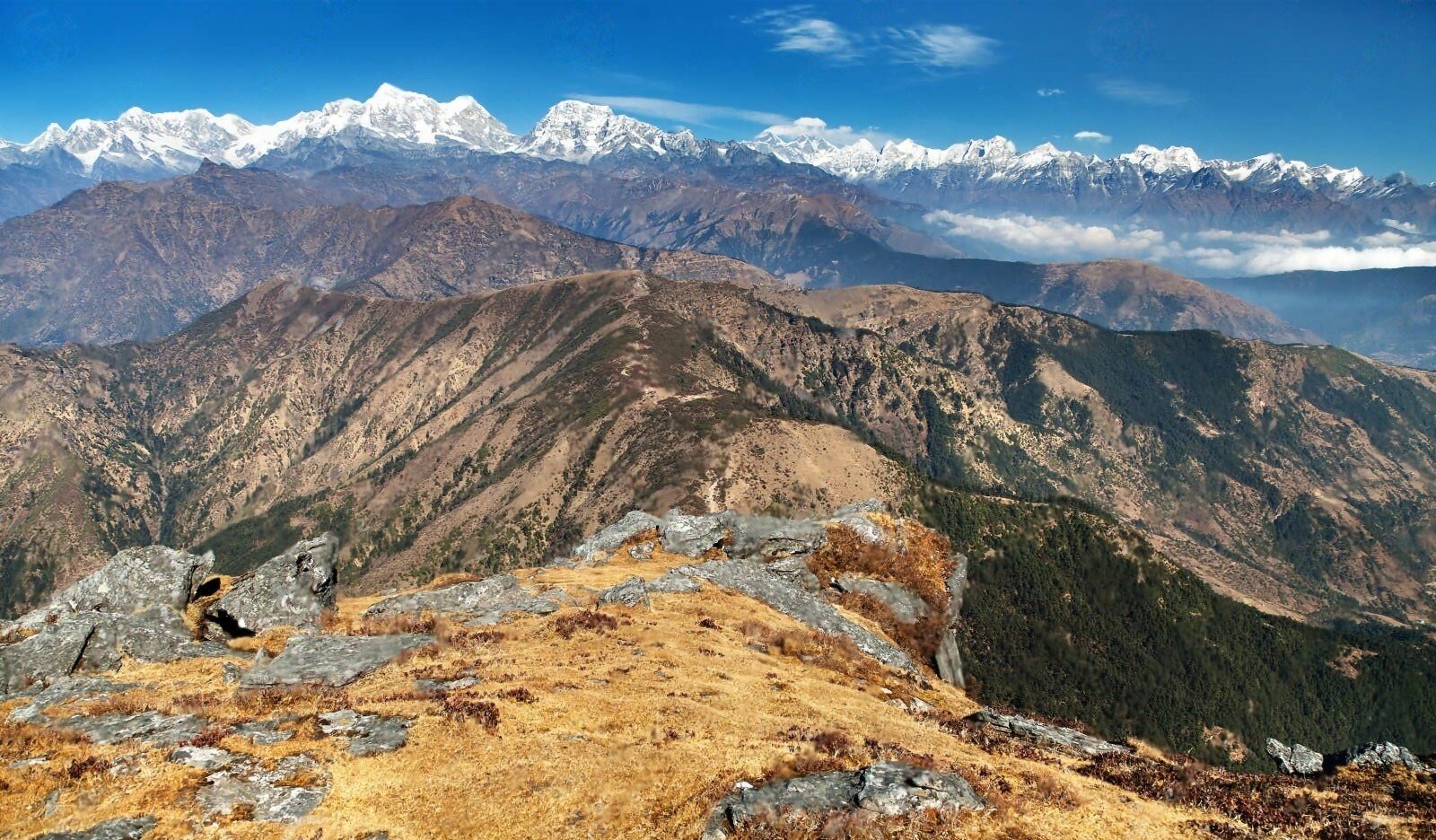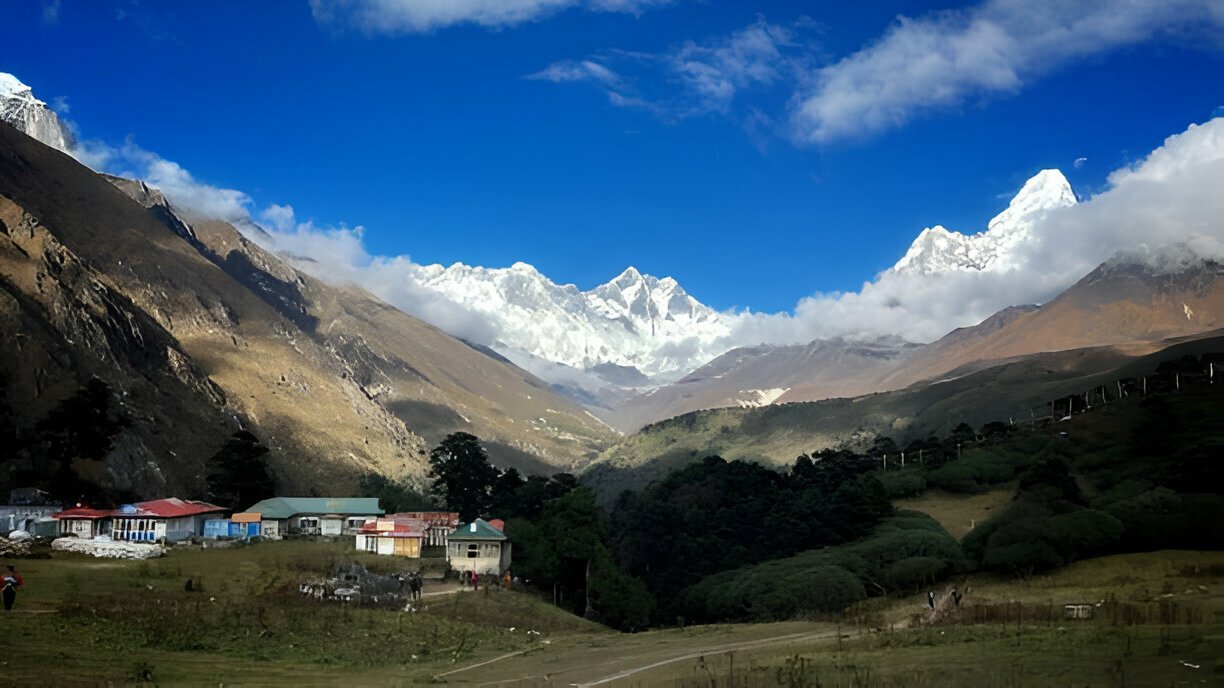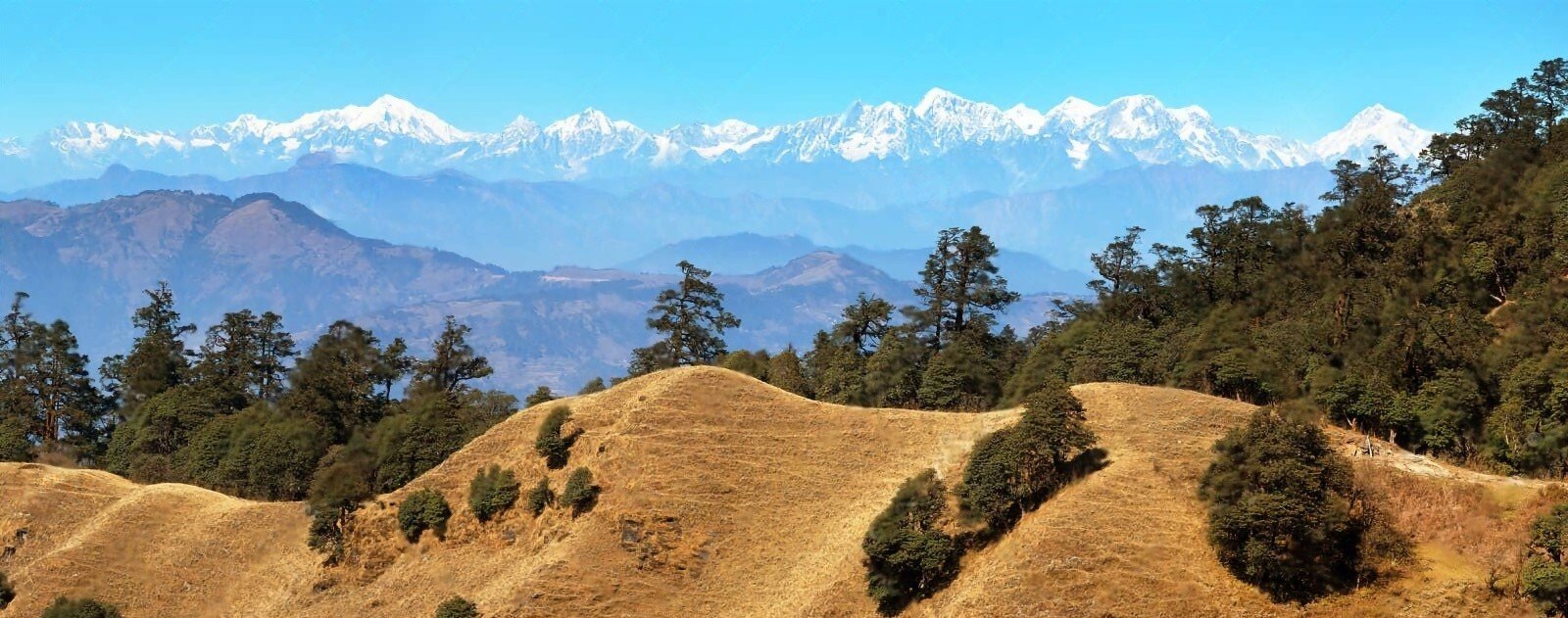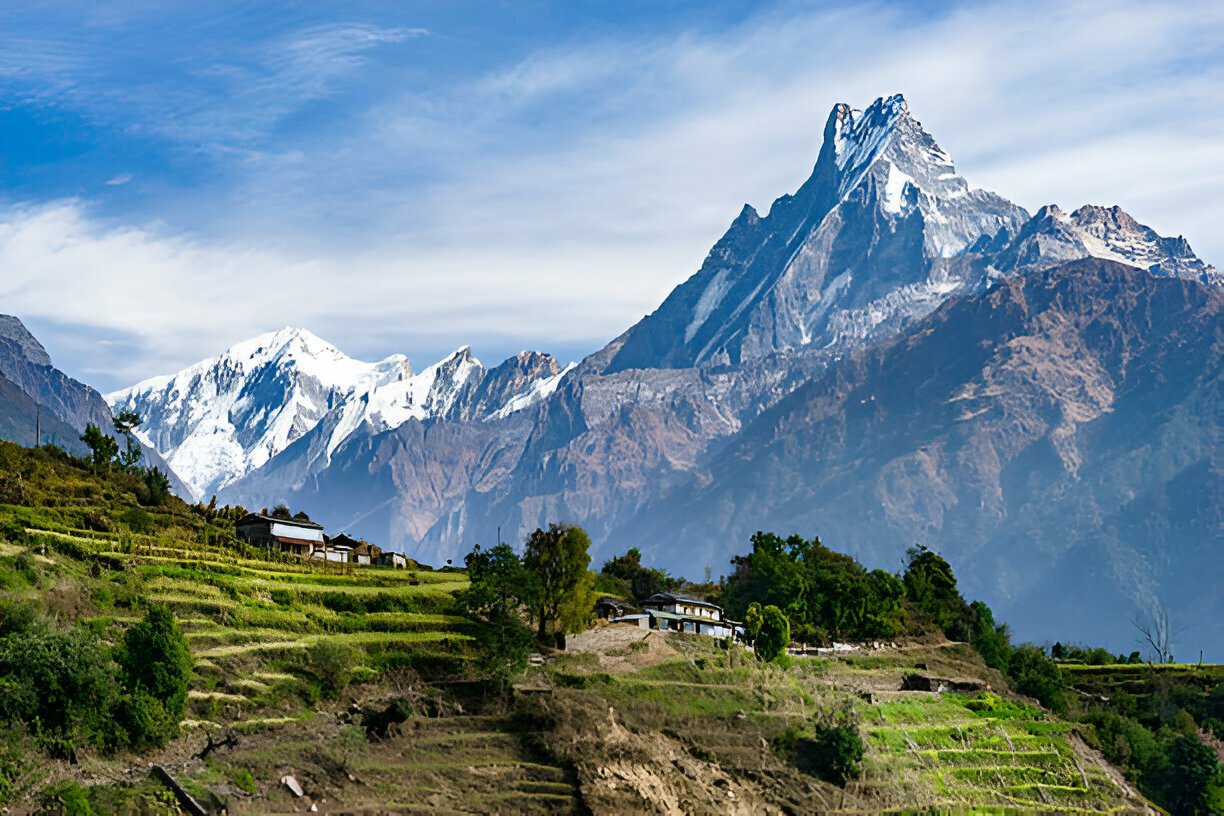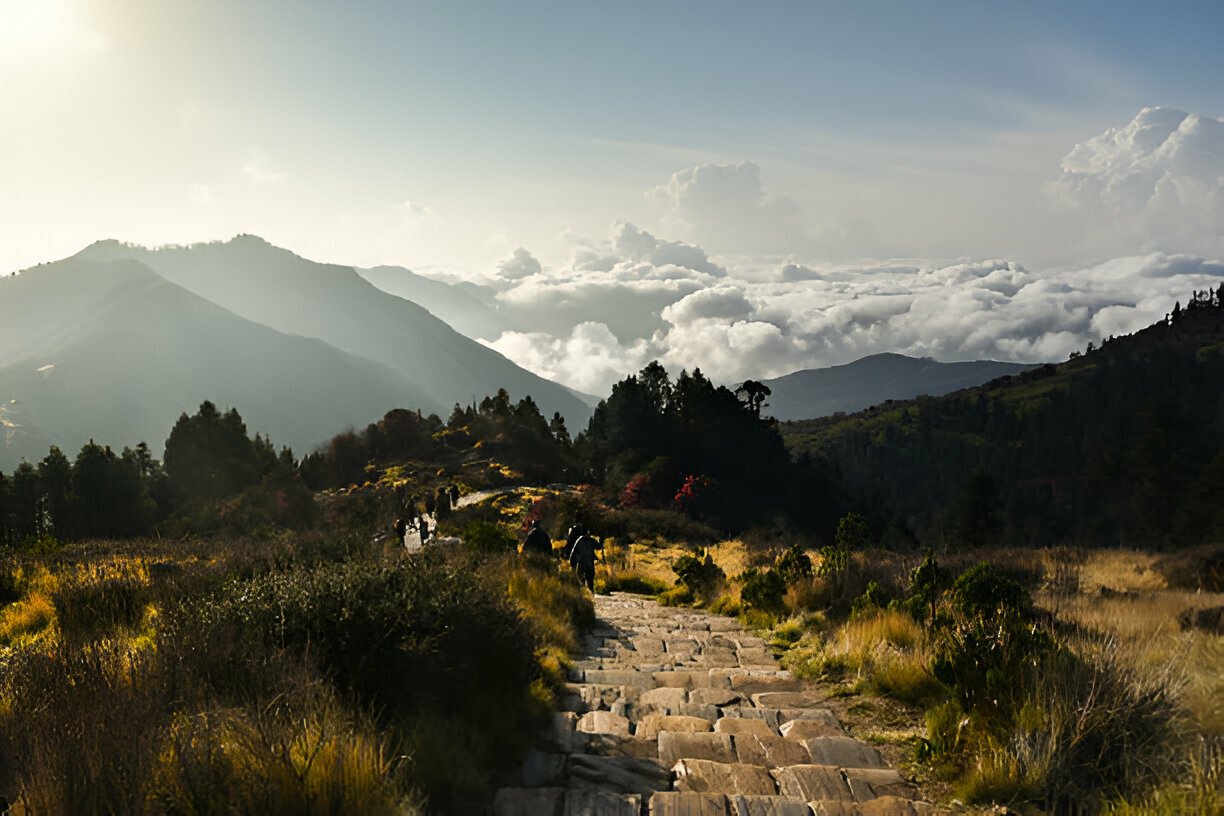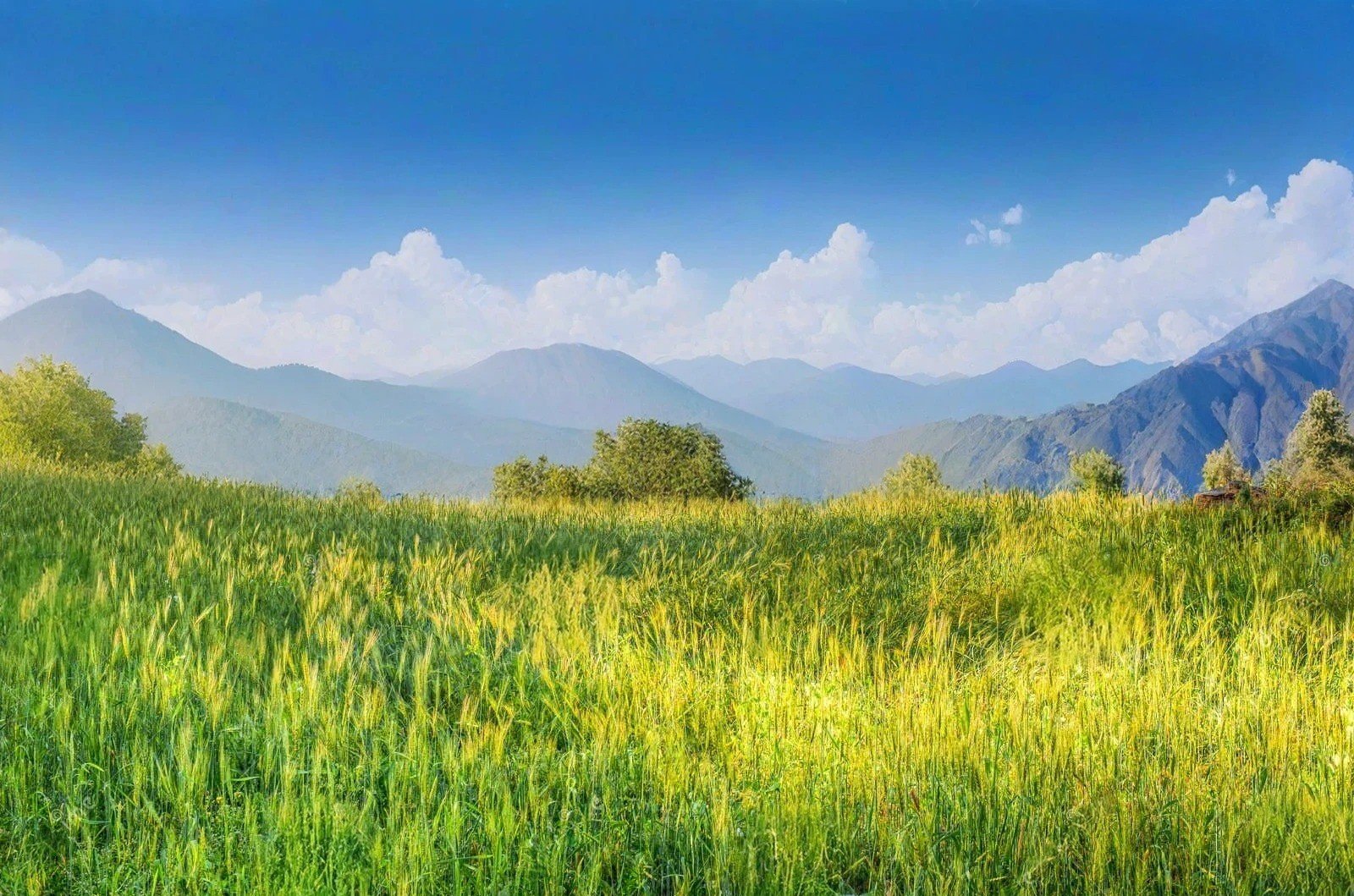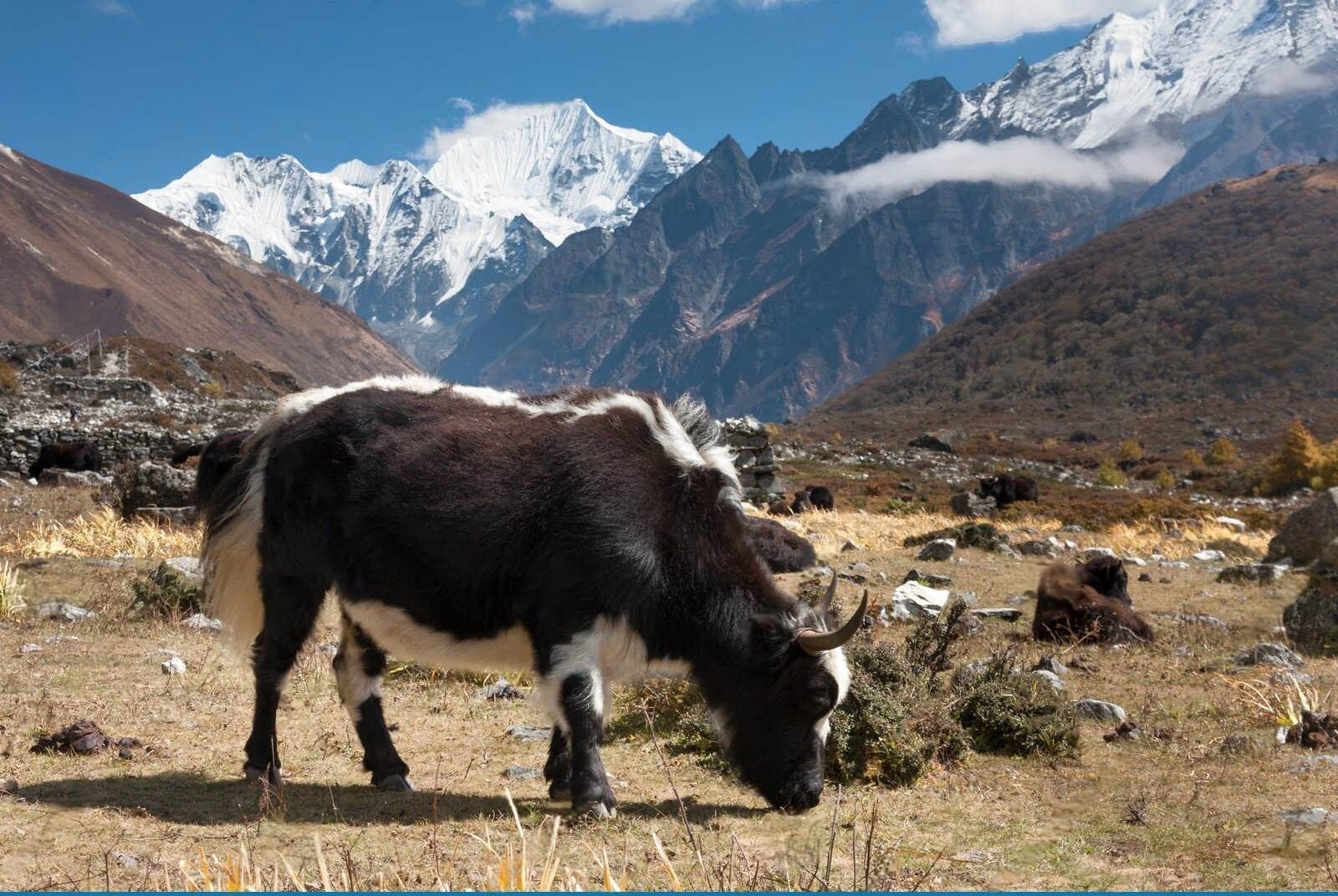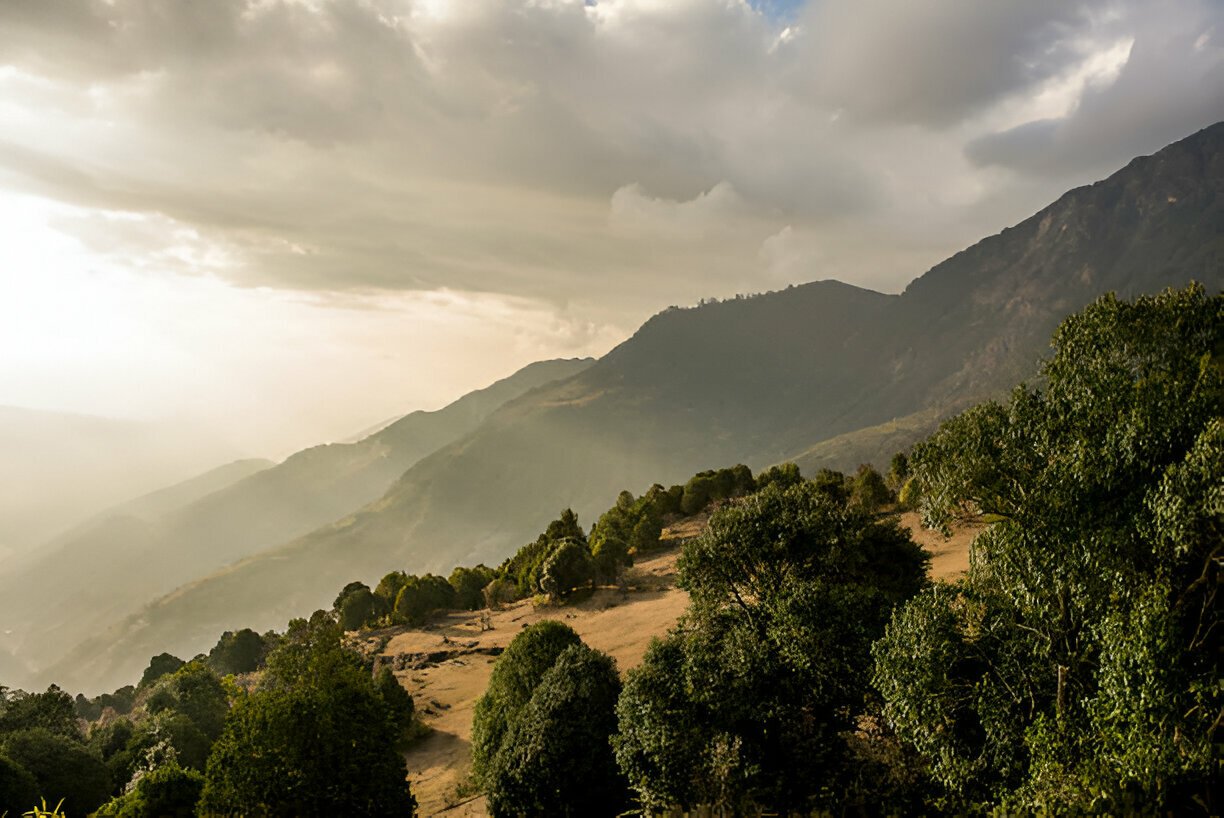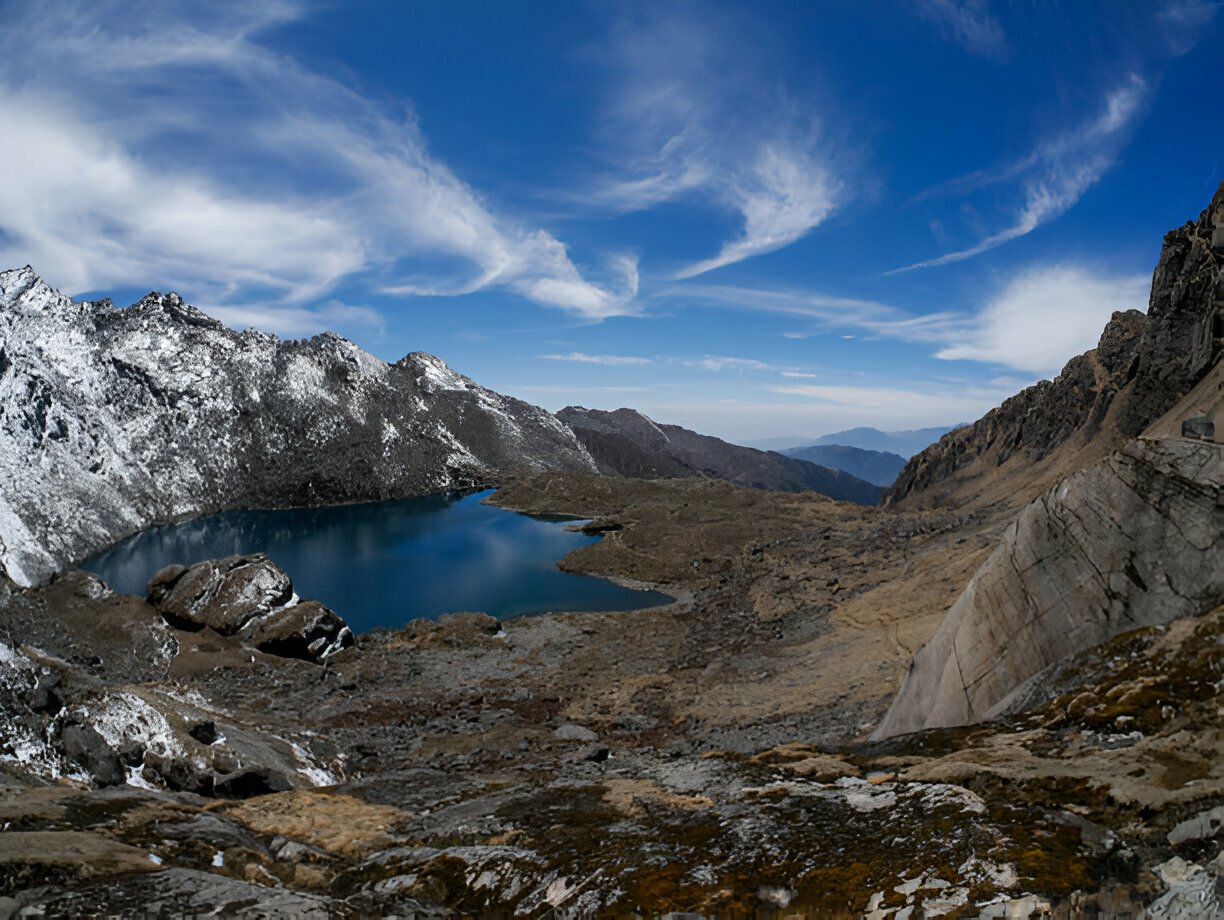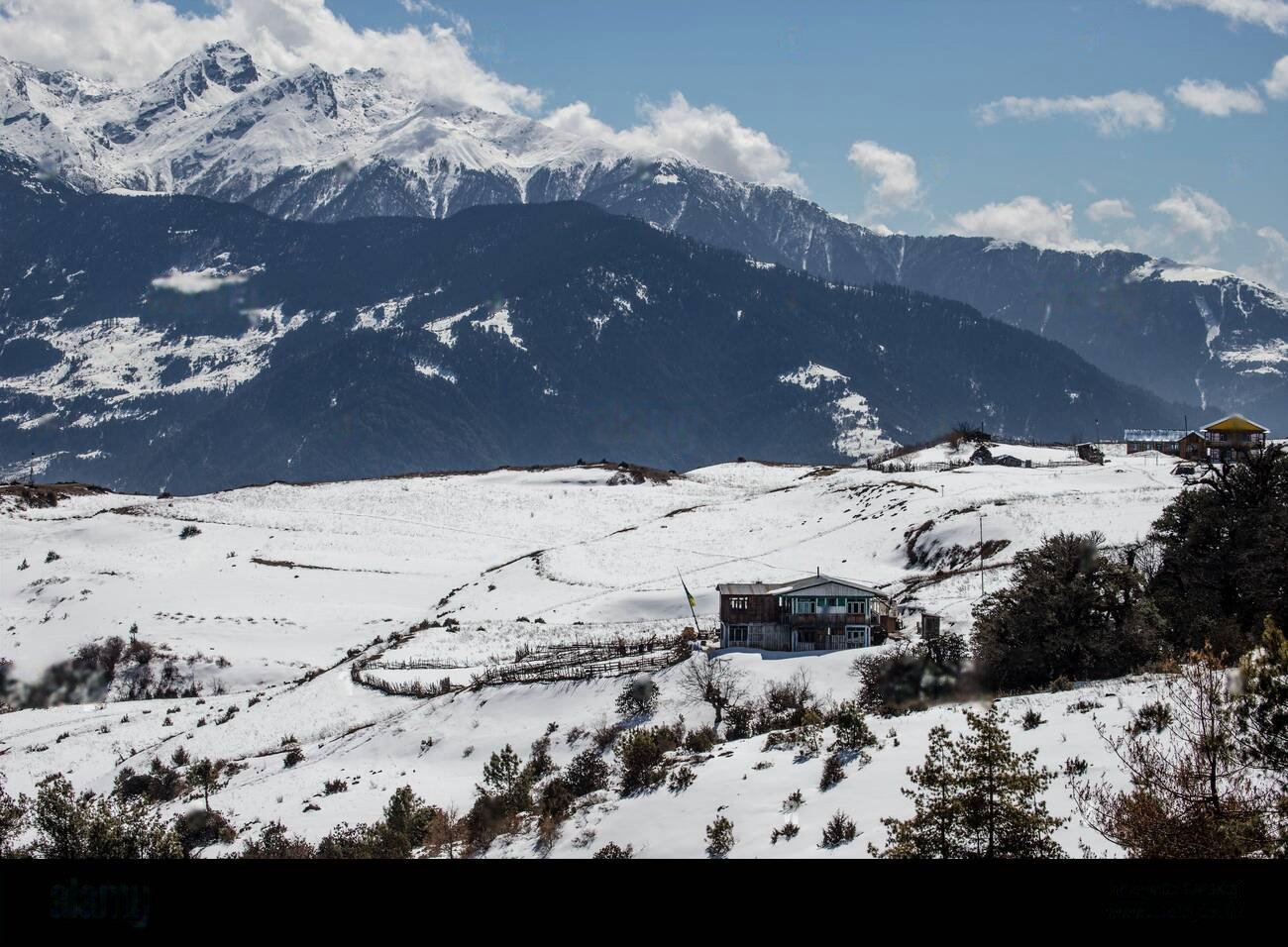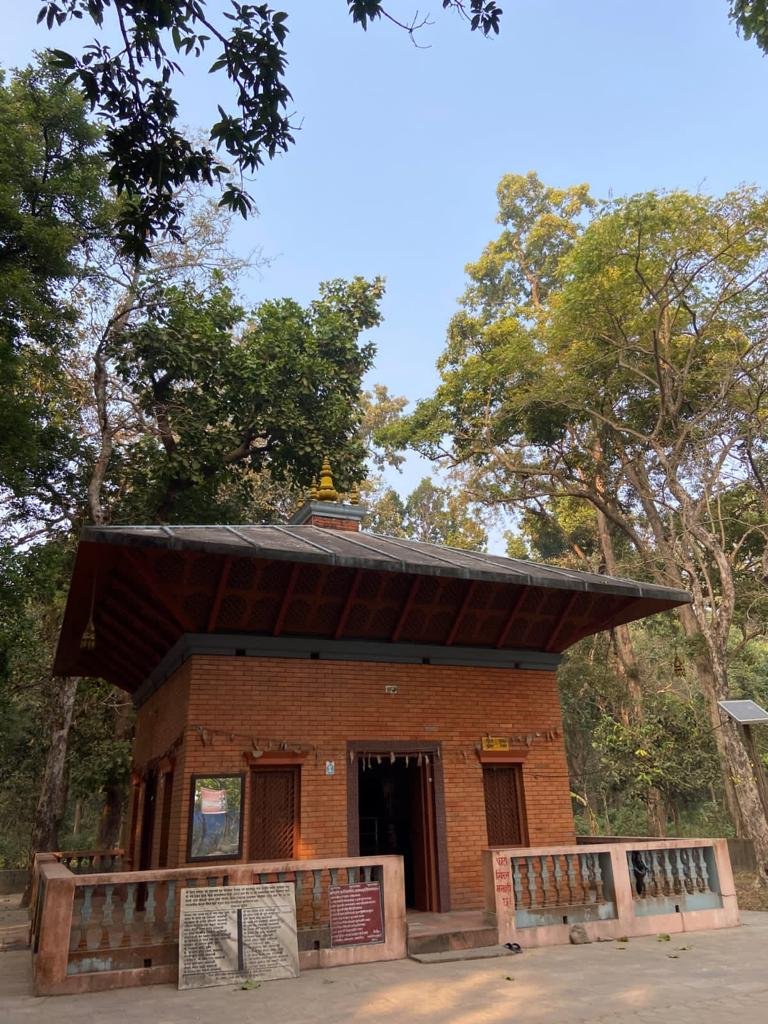 Detailed Information
Detailed Information
Balmiki Ashram offers a uniquely meditative journey that interweaves spiritual pilgrimage with wilderness immersion, creating an experience unlike any other sacred site in Nepal. What distinguishes this ashram is its remote setting within a protected forest ecosystem, where visitors must undertake a meaningful journey through natural landscapes to reach the spiritual destination mirroring the ancient tradition of forest retreats in Hindu spiritual practice.
As you approach the ashram along forest trails occasionally crossed by wildlife, the modern world recedes, and you enter a timeless dimension where the boundaries between mythology and reality seem to blur. The path itself becomes part of the pilgrimage, as Valmiki's stories of forest exile come alive in the surrounding wilderness. Chitwan's dense sal forests, grasslands, and riverine habitat create a living backdrop that helps visitors understand the forest ashram life described in the Ramayana.
Upon reaching the sacred compound, you encounter a modest temple complex that stands in stark contrast to the ornate structures found elsewhere in Nepal. The simple architecture emphasizes spiritual essence over material grandeur, reflecting the ascetic values celebrated in ancient Hindu traditions. The central shrine, dedicated to Sage Valmiki, houses a stone image of the saint-poet along with representations of Lord Rama, Sita, and their sons Lava and Kusha.
The cultural significance of Balmiki Ashram transcends religious boundaries as a literary landmark it is revered as the birthplace of the Ramayana, one of the foundational texts of world literature composed around the 5th century BCE. Scholars, literary enthusiasts, and spiritual seekers alike are drawn to the meditation spot where Valmiki is believed to have received divine inspiration and composed his 24,000-verse epic.
Throughout the day, the atmosphere around the ashram shifts subtly with the rhythms of the forest. Dawn brings the songs of awakening birds and the distant calls of wildlife. Midday sees shafts of sunlight filtering through the forest canopy to illuminate the ancient stones. As evening approaches, the forest sounds intensify, creating a natural soundtrack for contemplation. This immersion in nature's cycles connects visitors to the forest-dwelling tradition that has shaped Indian spiritual practice for millennia.
Balmiki Ashram offers a uniquely meditative journey that interweaves spiritual pilgrimage with wilderness immersion, creating an experience unlike any other sacred site in Nepal. What distinguishes this ashram is its remote setting within a protected forest ecosystem, where visitors must undertake a meaningful journey through natural landscapes to reach the spiritual destination mirroring the ancient tradition of forest retreats in Hindu spiritual practice.
As you approach the ashram along forest trails occasionally crossed by wildlife, the modern world recedes, and you enter a timeless dimension where the boundaries between mythology and reality seem to blur. The path itself becomes part of the pilgrimage, as Valmiki's stories of forest exile come alive in the surrounding wilderness. Chitwan's dense sal forests, grasslands, and riverine habitat create a living backdrop that helps visitors understand the forest ashram life described in the Ramayana.
Upon reaching the sacred compound, you encounter a modest temple complex that stands in stark contrast to the ornate structures found elsewhere in Nepal. The simple architecture emphasizes spiritual essence over material grandeur, reflecting the ascetic values celebrated in ancient Hindu traditions. The central shrine, dedicated to Sage Valmiki, houses a stone image of the saint-poet along with representations of Lord Rama, Sita, and their sons Lava and Kusha.
The cultural significance of Balmiki Ashram transcends religious boundaries as a literary landmark it is revered as the birthplace of the Ramayana, one of the foundational texts of world literature composed around the 5th century BCE. Scholars, literary enthusiasts, and spiritual seekers alike are drawn to the meditation spot where Valmiki is believed to have received divine inspiration and composed his 24,000-verse epic.
Throughout the day, the atmosphere around the ashram shifts subtly with the rhythms of the forest. Dawn brings the songs of awakening birds and the distant calls of wildlife. Midday sees shafts of sunlight filtering through the forest canopy to illuminate the ancient stones. As evening approaches, the forest sounds intensify, creating a natural soundtrack for contemplation. This immersion in nature's cycles connects visitors to the forest-dwelling tradition that has shaped Indian spiritual practice for millennia.

From $0
Price Varies from Group Size
Success
Here goes about why the success toast occurred.
 Activity Outline
Activity Outline
Jungle Journey to the Ashram
The Sacred Precinct
Meditation at Valmiki's Seat
Nature and Mythology Walk
Historical Context and Archaeological Insights
Riverside Reflection
Community Connection
Sunset Return Journey
 Good to Know
Good to Know
The ashram is located within a protected national park inhabited by wildlife; visitors must always be accompanied by authorized guides and follow park safety regulations.
Cultural Highlights
Literary Heritage: Celebrated as the birthplace of one of world's oldest and most influential epics
Indigenous Connections: Preserved in Tharu community's cultural traditions and oral histories
Artistic Inspiration: Depicted in traditional paubha paintings and folk performances
Ram Navami Festival: Special ceremonies commemorating Lord Rama's birthday
Full Moon Gatherings: Monthly recitations of the Ramayana during full moon nights
Visitor Etiquette
Stay with your guide at all times due to wildlife presence
Speak quietly to maintain the peaceful atmosphere and avoid disturbing wildlife
Dress modestly and remove shoes before entering temple structures
Ask permission before photographing people in prayer
Do not remove any natural objects or artifacts from the site
Respect wildlife by maintaining appropriate distance
Carry out all trash and minimize environmental impact
Nearby Attractions
Chitwan National Park Safari: Wildlife viewing opportunities including rhinoceros, tigers, and elephants (same location)
Tharu Cultural Museum: Exhibits on indigenous cultures of the Terai region (12 km)
Devghat: Important Hindu pilgrimage site at the confluence of rivers (25 km)
Bis Hazari Lake: Wetland ecosystem with excellent birdwatching (15 km)
Sauraha Village: Gateway to Chitwan with accommodations and cultural programs (10 km)
 Reviews
Reviews
 FAQs (Frequently Asked Questions)
FAQs (Frequently Asked Questions)
Your queries are answered.
Is it possible to stay overnight at or near the ashram?
Overnight stays are not permitted within the national park where the ashram is located. Visitors must return to accommodations in Sauraha or other gateway communities before sunset as per park regulations. However, several spiritual retreat centers in nearby communities offer overnight programs that include guided visits to the ashram as part of their spiritual itineraries.
How difficult is the journey to reach Balmiki Ashram?
The journey requires moderate physical fitness and varies seasonally. During the dry season (October-May), the site is accessible by jeep followed by a 1-2 kilometer walk on forest trails. During the monsoon season (June-September), access may be limited or require alternative routes including boat crossings. All visits require authorized guides from the national park. The journey is part of the pilgrimage experience and typically takes 1-2 hours from the park entrance.
Are there any active religious practices still conducted at the ashram?
Yes, the ashram maintains a schedule of regular pujas (worship ceremonies) conducted by visiting priests, particularly on auspicious days in the Hindu calendar. During major festivals related to Lord Rama and Sita, larger ceremonies are organized with participation from surrounding communities. Pilgrims are welcome to observe and, when appropriate, participate in these rituals with proper guidance.
How does the experience differ across seasons?
The dry winter season (November-February) offers the most comfortable climate and best wildlife viewing opportunities, with clear forest trails. Spring (March-April) brings beautiful flowering trees and migratory birds. The monsoon season (June-September) transforms the forest into a lush green paradise but can make access challenging due to muddy trails and swollen rivers. Each season offers a unique perspective on the forest ashram experience that Valmiki and his disciples would have encountered.
What is the connection between Balmiki Ashram and Chitwan National Park conservation efforts?
The preservation of Balmiki Ashram has benefited from its location within a protected national park, creating a unique partnership between cultural heritage conservation and environmental protection. Park authorities work with religious leaders and local communities to ensure pilgrimage activities do not adversely impact the ecosystem. This integrated approach has become a model for how sacred sites within natural areas can promote both cultural and environmental conservation values.
Is the site accessible to non-Hindu visitors?
The ashram welcomes respectful visitors of all faiths and backgrounds. As primarily an archaeological and historical site (rather than an active temple complex with restricted areas), the entire ashram area is accessible to all visitors who observe appropriate etiquette. Guides are trained to explain the religious significance in ways that are informative for visitors regardless of their personal beliefs.
What should I bring for a visit to Balmiki Ashram?
Prepare for a forest journey with comfortable walking shoes, modest clothing that covers shoulders and knees, insect repellent, a water bottle, and a small offering of flowers or fruit if you wish to participate in traditional respects at the shrine. Binoculars enhance wildlife viewing opportunities, and a small notebook for reflection or sketching can enrich the experience. Photography is permitted in most areas, so bringing a camera is recommended.




